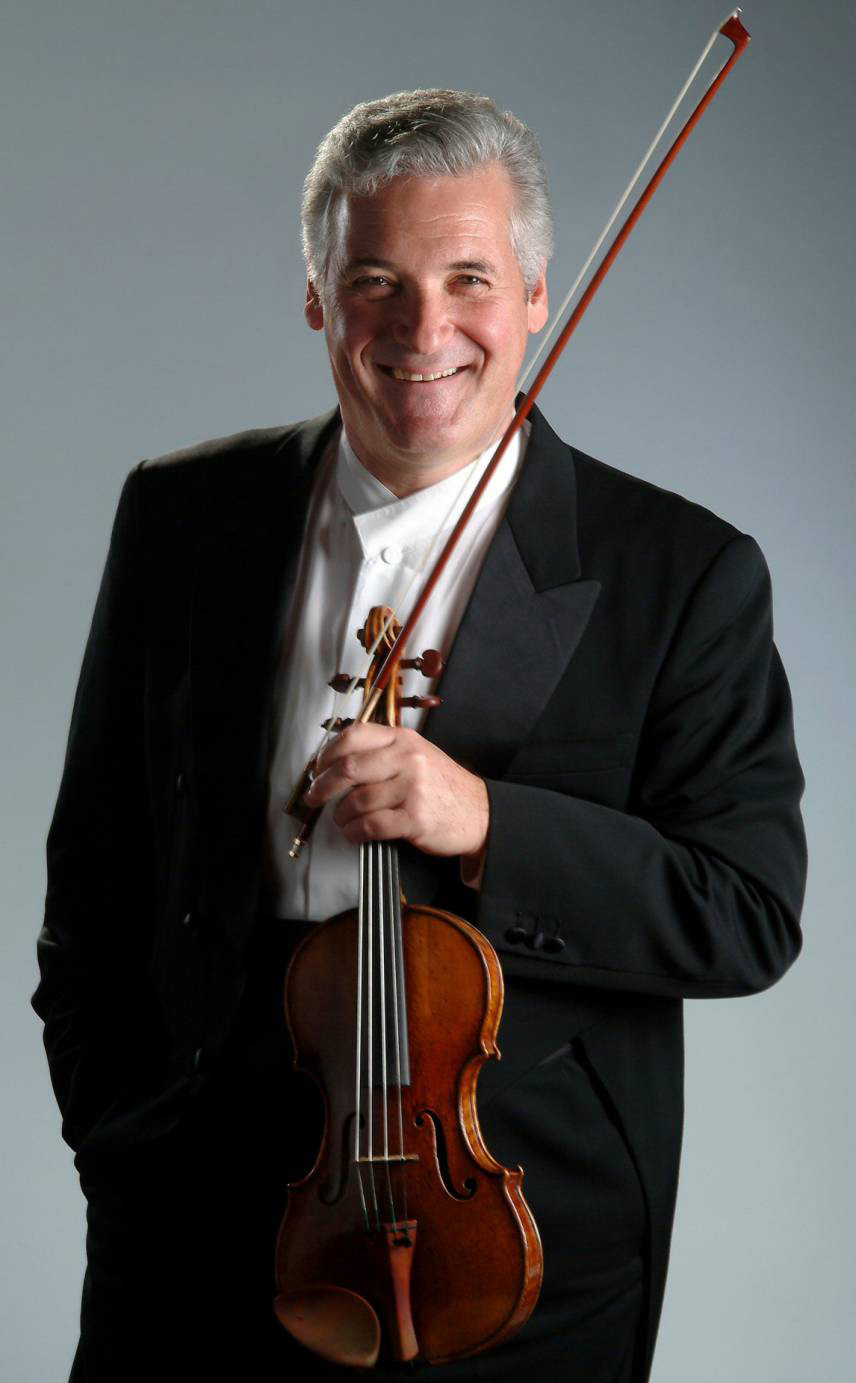|

Bartolomeo Giuseppe Guarneri ‘del Gesù’ (1698~1745), along with Antonio Stradivari, is one of the most respected and renowned violin makers in history. ‘Del Gesù’’s finest works can be divided into four periods:
[ 1st Period ]
‘Del Gesù’’s works from the early period (1714~1725) resemble uncalculated beauty and elegance but do not bear any particular characteristics and every wok differed in its form. Unfortunately, most of his works form this period are not known to be his finest. From recent studies, it is known that ‘del Gesù’ moved away from Cremona around 1720 when he got married to a woman in Prague and did not make any instruments until he returned to Cremona in 1726.
[ 2nd Period ]
However, his works after his return to Cremona (1726~1730) start to show his originality. Many of his works during this period are made from his father Giuseppe Guarneri ‘filius Andreae’’s model. Their forms were well balanced with refined arches, and they were ideal for musicians as they produced elegant higher tones, particular to Cremonese instruments, together with rich and deep timbre produced due to ‘del Gesù’’s daring unique technique of rough and strong carvings. Because his father was not well during this period, many of the works’ body was made by ‘del Gesù’ and the heads by his father, bearing his father’s label ‘filius Andreae Guarneri’.
His most important works from this period include Leonid Kogan’s beloved ex-Colin of 1726, ex-Dancla of 1727, ex-Zukerman of 1730, which is being introduced here later on, and ex-Kreisler of 1730, which Kreisler used as his main instrument until the very end.

[ 3rd Period ]
‘Del Gesù’s father was hospitalized in 1731 which prompted ‘del Gesù’ to set up his own shop and this was when he explored his own style and model, leading him to produce some of the finest works in a style no one could ever imagine before.
The characteristics of such works possess strong and elongated f-holes with wider wings, have much lower archings than ever seen before, and are smaller in size with body lengths at 350mm-353mm. He made sure that his instruments’ unique dynamic projection and deep dramatic tone were not affected by the size by maintaining the instruments’ volume with elongated C bouts and thicker wood for the sides.
From this period, the labels show his own name ‘del Gesù’ with a stamp of his trademarkuIHSv(Iesus Hominem Salvator), from which we can assume that he was a devout Christian. Differing from Stradivari’s perfect and genius works, ‘del Gesù’’s works from this period are beyond logic and out of this world that he was to be called Guarneri del Gesù, shortened as ‘del Gesù’ meaning ‘God’.
However, the scrolls of many of his works from this period were still made by his father. It is thought that after his father was released from the hospital in 1732, he supported ‘del Gesù’ by making the scrolls in ‘del Gesù’’s style. As the Guarneri family received more commissions after Stradivari’s death in 1737, ‘del Gesù’ prominently made a name for himself.
Midori’s ex-Huberman of 1734, ex-King of 1735, ex-Panette of 1737, which Isaac Stern used for 50 years, and ex-Kemp of 1738 are some of his leading works from this period.
[ 4th Period ]
‘Del Gesù’’s works from the latter period of his Golden Age truly define him as one of the greatest makers of all time as each and every instrument he produced then has its own unique characteristic, which is known to be difficult in violin making.
Stradivari’s works were known for their precision while ‘del Gesù’’s instruments show energy and power, prioritizing unique and artistic qualities, not being limited to the models and styles of the past. When carving the wood, he valued spontaneity based on his experience and instinct so no sketches or drafts were made beforehand, which was an unthinkable way of craftsmanship. This is why many of his scrolls and f-holes are asymmetrical, the archings lower and the body wider than those from the earlier years of his Golden Age; however, the important elements that make up the sound are finely calculated.
For example, the ‘Lord Wilton’ of 1742 could be seen as weak and distorted from one point of view, but could also be seen as dynamic and strong from another. It is quite impossible to describe this phenomenon in words, but the way it captures the viewers’ curiosity is indeed one and only and it is no wonder that many have continued to copy this particular instrument.
Other famous works from this period include ex-Ysaÿe and ex-Heifetz of 1740, ex-Vieuxtemps and ex-Kochanski of 1741, Paganini’s ‘Canon’ of 1743, and ex-Leduc of 1745, which Szering used. As ‘del Gesù’’s father passed away in 1740, all the scrolls of ‘del Gesù’’s works after that are made by himself, many of which are truly unique.
Ex-Zukerman (ex-Tellefsen) of 1730 being introduced here is from the early part of the ‘second’ period and was made at the same time as ex-Kreisler of 1730. Ex-Zukerman (ex-Tellefsen) is beautifully symmetric and refined, has a well balanced arch and a thick varnish, and has the ideal body length of 355mm. Its back is in mint condition and although its front has a few cracks, its overall condition is very fine for an old instrument. It possesses both a bright beautiful high register and a deep powerful low register.
This very fine instrument was owned by the Norwegian violinist Arve Tellefsen from 1964 and by Zukerman from 1971.
| |

